Stay Ahead of the Curve
Latest AI news, expert analysis, bold opinions, and key trends — delivered to your inbox.
OpenAI Unveils Codex: Your AI Coding Teammate in the Cloud
4 min read OpenAI just launched Codex—an AI coding agent that writes, tests, and debugs code like a virtual teammate. Cloud-based, GitHub-integrated, and powered by a new model, it’s OpenAI’s boldest move yet to reshape how software gets built. May 19, 2025 13:50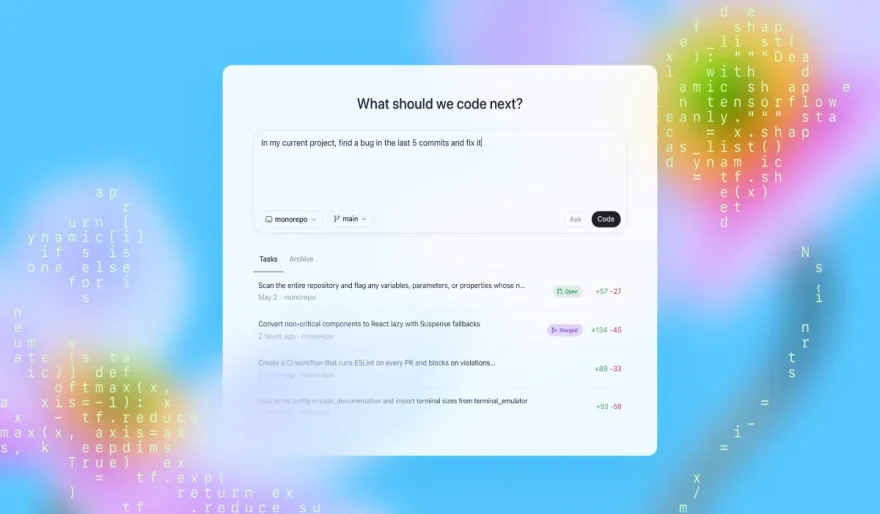
OpenAI has officially launched Codex—its most advanced AI coding agent yet—marking a major leap in automating software development. Announced Friday, Codex is designed to accelerate workflows by tackling everything from writing features and fixing bugs to testing and analyzing codebases.
What Powers Codex
At its core is codex-1, a specialized variant of OpenAI’s o3 model, fine-tuned for software engineering. It generates cleaner, more instruction-compliant code and runs automated iterative tests to ensure the output meets standards—making it more reliable for real-world use.
A Virtual Teammate in the Cloud
Codex runs in a sandboxed virtual environment, fully isolated from a user’s local machine. This enables it to safely interact with codebases—especially when integrated with GitHub, allowing it to preload your repositories and work efficiently.
It supports multiple tasks in parallel, completing requests like bug fixes, feature builds, and code explanations in as little as one minute—or up to 30, depending on complexity.
Now Available for ChatGPT Subscribers
Codex is now live for ChatGPT Pro, Team, and Enterprise users, with “generous access” during the rollout. Rate limits will follow, but users can buy additional usage credits. OpenAI plans to extend support to ChatGPT Plus and Edu subscribers soon.
How to Use It
Codex lives inside the ChatGPT interface, with two key buttons:
-
"Code" to assign tasks
-
"Ask" to request explanations
It maintains a task queue, tracks progress, and functions like a highly efficient pair programmer.
OpenAI’s Agents Research Lead, Josh Tobin, calls it a “virtual teammate” that can finish in hours what might take human engineers days.
OpenAI already uses Codex internally for repetitive tasks, scaffolding, and documentation.
Built with Guardrails
Security and responsibility are core to Codex. It runs in an air-gapped environment with no internet or external API access. It’s also trained to refuse requests to create harmful software.
Still, OpenAI admits it’s not flawless—bugs happen. A recent Microsoft study found that even top-tier AI models can struggle with consistent debugging.
Upgraded CLI + Expanding Toolset
OpenAI also refreshed its open-source Codex CLI, now powered by an o4-mini model tailored for terminal use and available via API at competitive token rates.
This launch is part of a broader upgrade to ChatGPT’s ecosystem, following new tools like:
-
Sora (video generation)
-
Deep Research (AI research assistant)
-
Operator (web-browsing agent)
The Bigger Picture: The Race is On
With tech giants like Google and Microsoft reporting that 30% of their code is now AI-generated, the coding war is heating up.
Competitors like Anthropic and Cursor are also making waves—Cursor alone hit a reported $300M in ARR and is pursuing funding at a $9B valuation.
OpenAI’s $3 billion acquisition of Windsurf, another AI coding platform, shows it’s going all in.
Why It Matters
Codex isn’t just another AI tool—it’s a signal that the future of software development may be AI-first.
As more users onboard and capabilities improve, Codex could fundamentally reshape how developers write, test, and maintain code—blurring the lines between human ingenuity and machine execution.
User Comments (0)
Editor's Choice

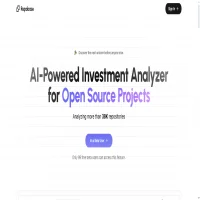
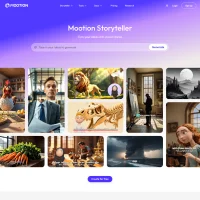
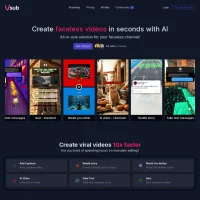

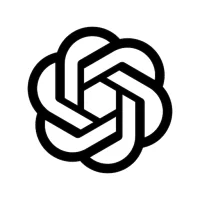

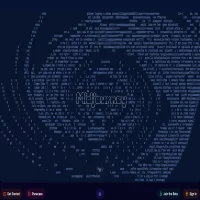

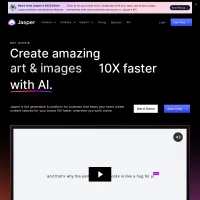
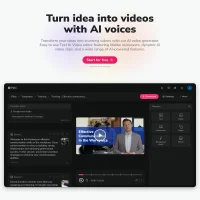
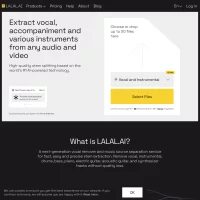


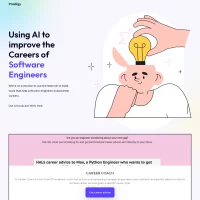
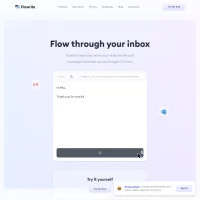


 AI Agents
AI Agents